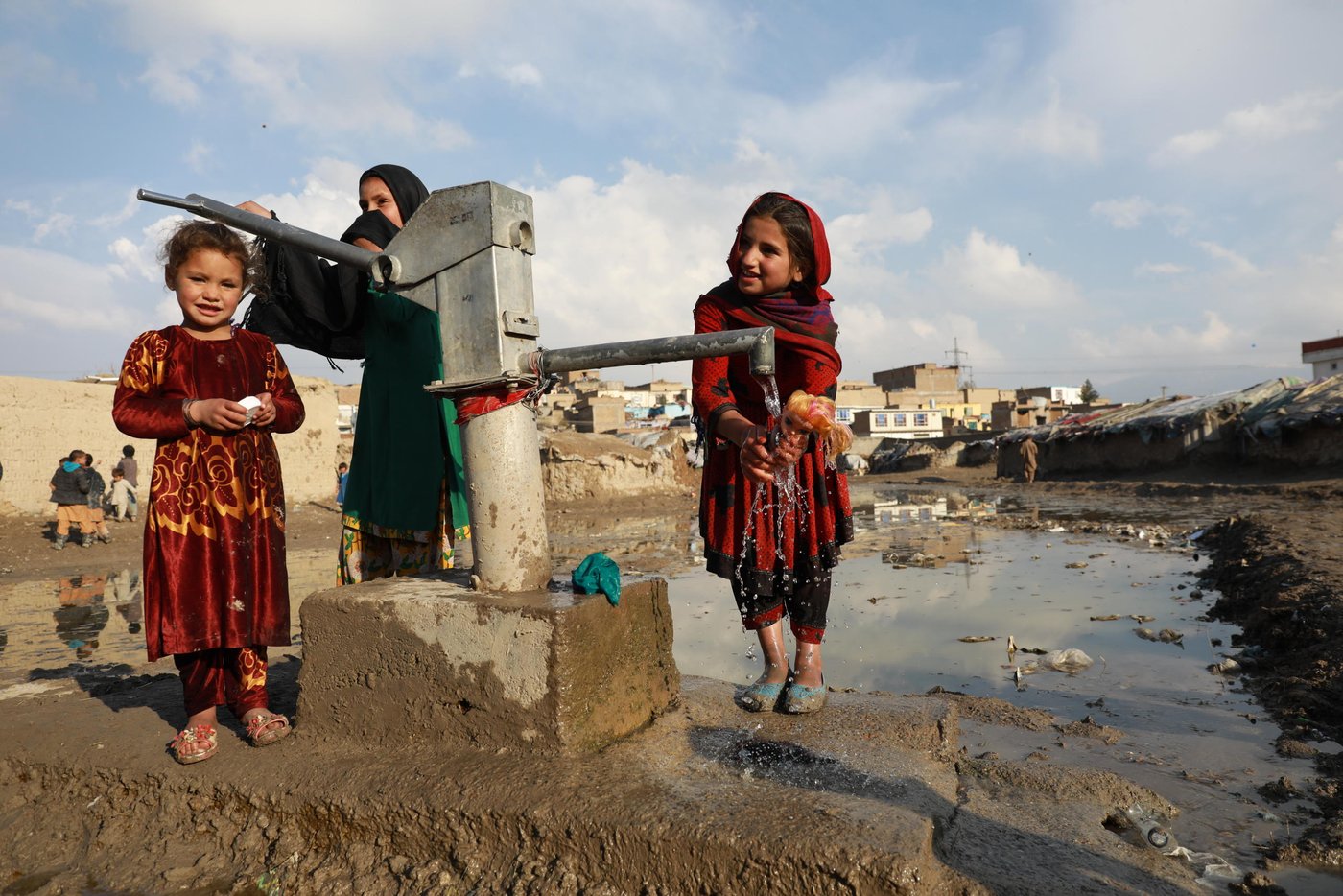It is no easy task to follow the infection prevention guidelines when you live in a densely populated area and lack the soap and water needed for good hand hygiene.
Shazia is one of many thousands of Afghans who have sought refuge in the capital city, Kabul. The Norwegian Refugee Council (NRC) is now going door-to-door to provide information on how people can protect themselves and prevent the spread of coronavirus.
“We are deeply concerned about what will happen to the most vulnerable people, as the pandemic affects more and more countries that house refugees and internally displaced people,” says Jan Egeland, Secretary General of NRC.
Why displaced people are among the most vulnerable:
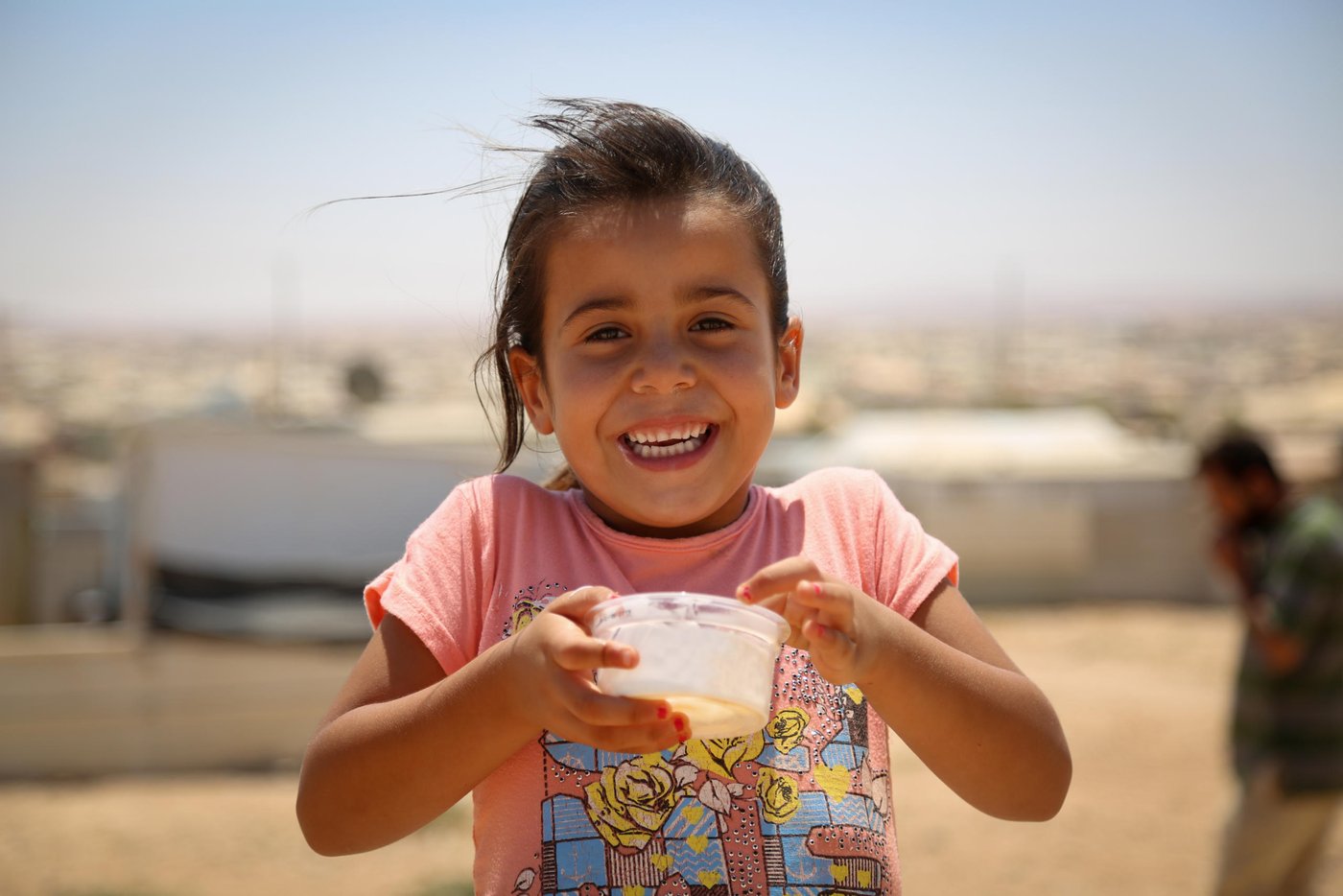
# 1: Lack of health care and clean water
Jana, 6, pictured above, was born in Zaatari refugee camp in Jordan and lives there with close to 77,000 other Syrian refugees. In war-torn Syria, there are more than 6 million internally displaced people, while more than 5.5 million have sought protection in poor neighbouring countries.
Over 70 million people have been displaced by war and persecution. Eight out of ten are in countries struggling to provide their populations with health services, clean water, and good hygiene and sanitation systems.
Over 100 countries that have confirmed cases of coronavirus are home to more than 20,000 refugees, according to the UN Refugee Agency (UNHCR).
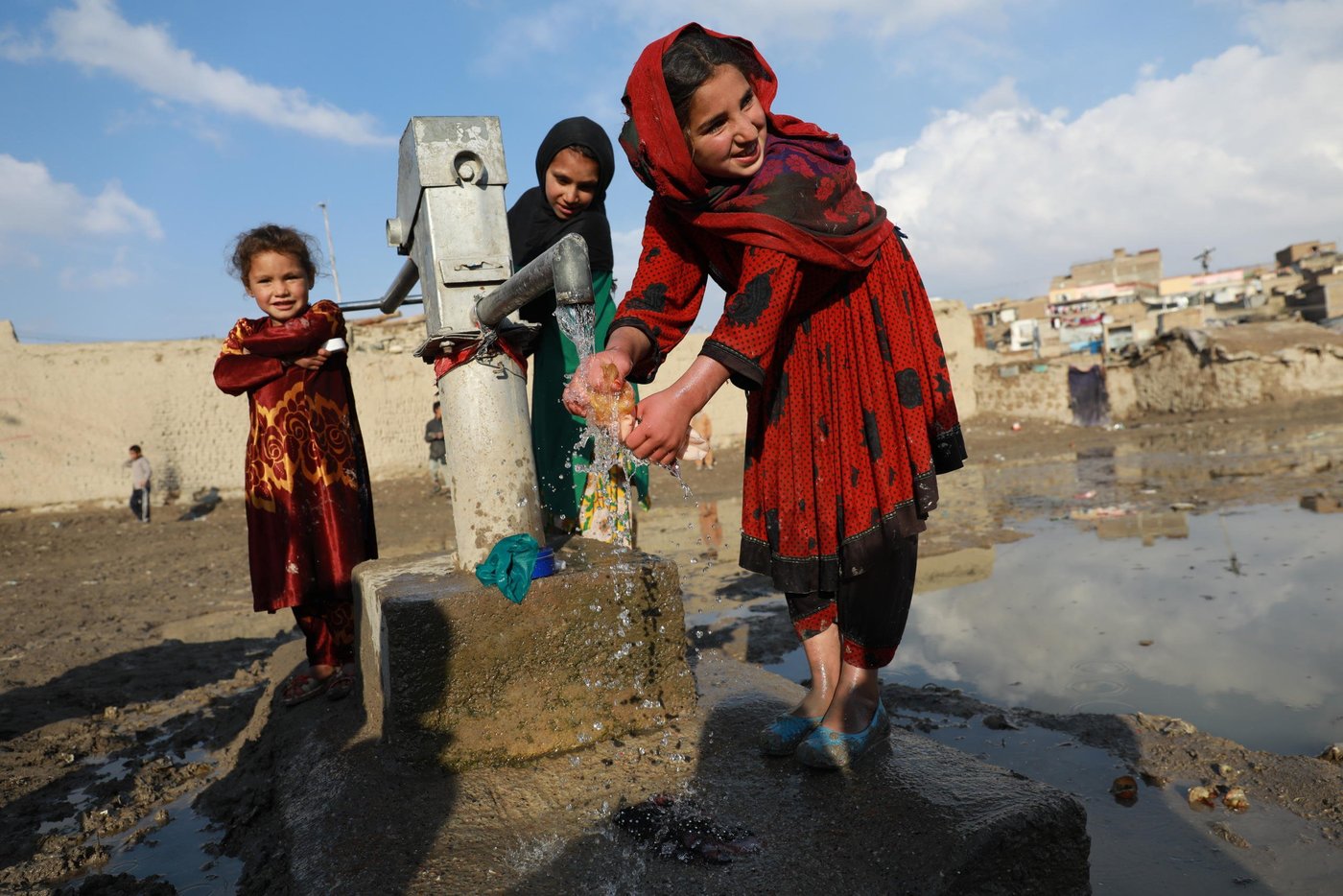
# 2: Overcrowded refugee camps with a high risk of infection
Shazia, 10, pictured above is one of more than 1.2 million internally displaced people across Afghanistan who live in tents and so-called informal settlements. More than half of them are children under the age of 18.
Millions of refugees and internally displaced people live in overpopulated settlements where they lack access to water and health services. In these settlements it is difficult to maintain good hand hygiene and impossible to implement social distancing.

# 3: No income
“If I stay home, my family will die of hunger, and if I go out to work, I’ll die of the virus,” says Ardoon Bille Korane Hirad. He lives with his family in a camp for internally displaced people in Puntland, Somalia.
When the fear of the spread of infection causes companies and markets to close down and freedom of movement is restricted, it disproportionately affects displaced people. Many countries have introduced restrictions where refugees and internally displaced people are no longer permitted to leave camps and other areas to find work.
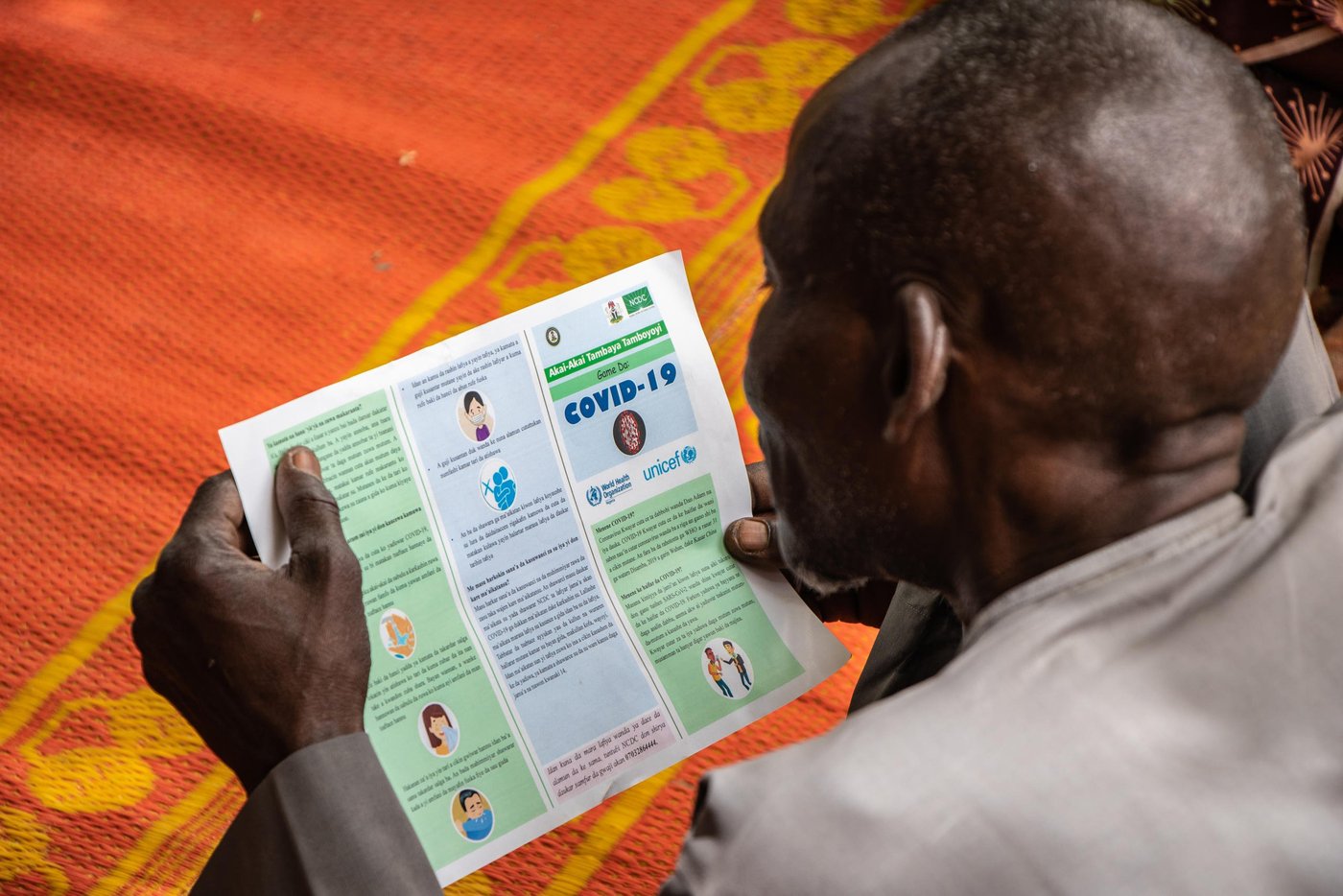
# 4: Lack of information
In many places, such as north-east Nigeria, it can be difficult to reach refugees and internally displaced people with information on how to protect themselves and prevent infection. Little or no access to television, radio or newspapers, as well as language barriers and a distrust of state and local authorities, are all contributing factors.

# 5: Vital help does not reach those in need
“We are afraid of coronavirus, but we are also afraid of losing our food aid if the virus spreads in Yemen,” says Ehsan, pictured above. Covid-19 is causing fear among Yemenis who rely on humanitarian aid to survive.
Travel restrictions and the shutdown of important social functions mean that vital help doesn’t reach those most in need. One of the unfortunate consequences is that NRC is currently unable to provide aid to about 300,000 refugees and internally displaced people in the Middle East.
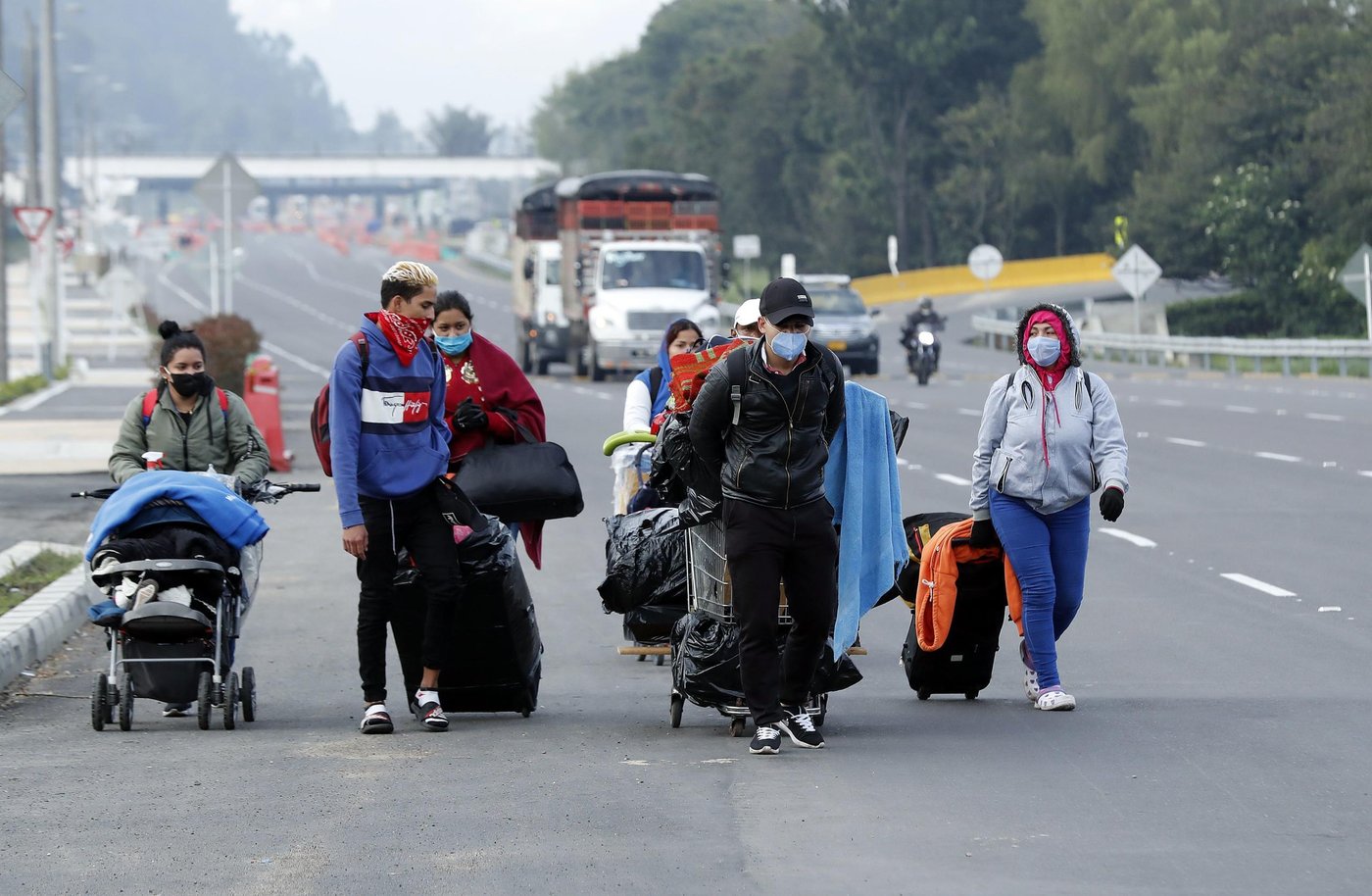
# 6: Forced to return
Thousands of Venezuelan refugees and migrants have returned to their homeland since Colombia introduced strict measures to combat the coronavirus.
Many refugees are being forced to return to precarious conditions in their home country due to reduced humanitarian aid, a lack of freedom of movement, and closures of workplaces and markets in the host countries.

# 7: Closing borders and stopping asylum applications
At the beginning of April, 123 countries had completely or partially closed their borders to prevent the spread of the virus. About 30 countries, including Uganda, which houses around 1.4 million refugees, have temporarily closed their borders to refugees and asylum seekers. Closed borders can cause refugees and asylum seekers to choose new and more dangerous travel routes.

# 8: Postponing the reception of refugees
At the same time, travel restrictions, the fear of spread of infection and the current health crises in different countries have reduced the ability of individual countries to accept resettlement refugees. As a result, the International Organization for Migration (IOM) and UNHCR have also temporarily suspended all resettlement of refugees in third countries.
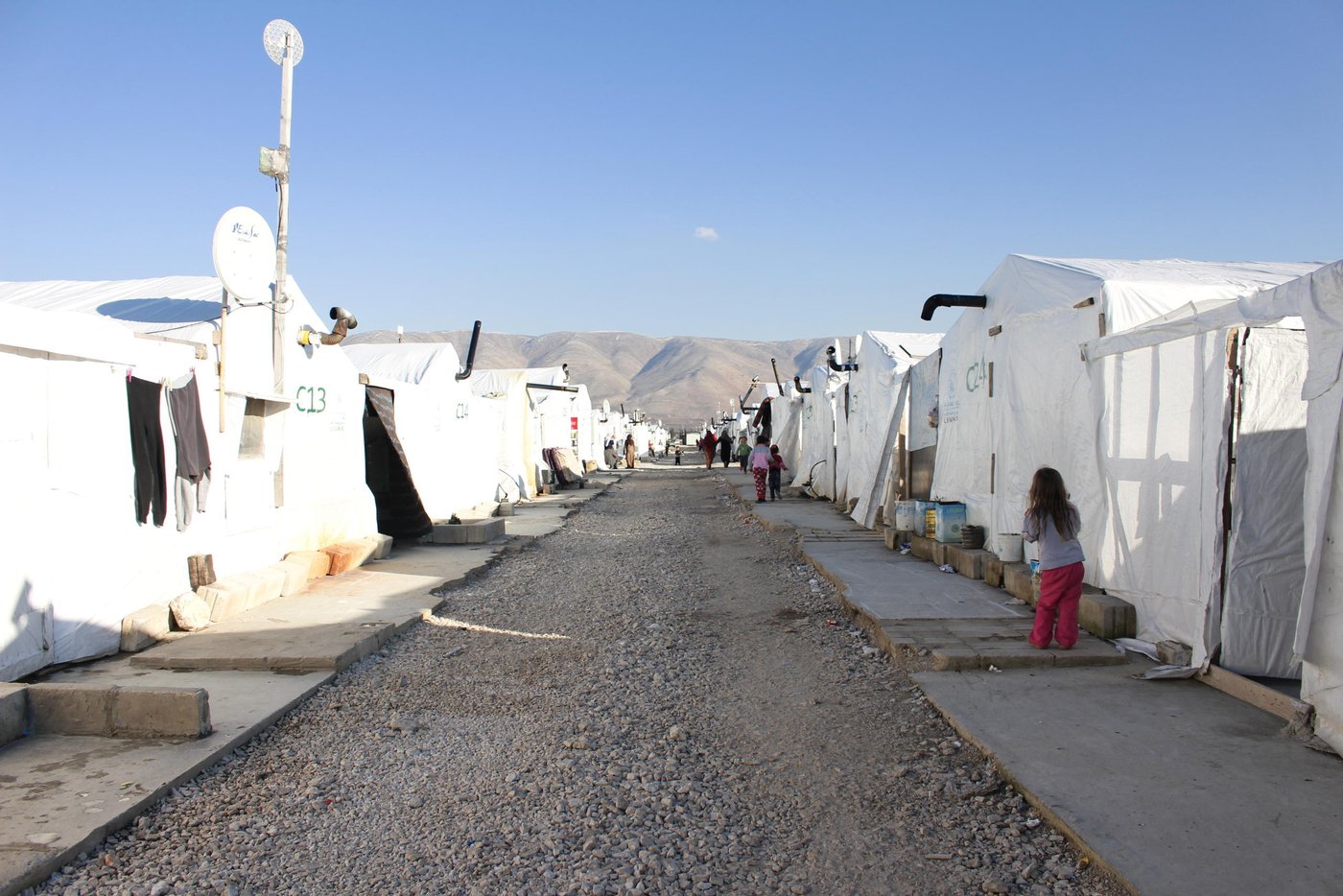
# 9: Risk of discrimination
In Lebanon, NRC is concerned that coronavirus could cause the already vulnerable Syrian refugees to be subject to discrimination and harassment.
Refugees and internally displaced people are at risk of discrimination, exclusion, stigma, xenophobia and suspicion. Stigmatising certain groups can cause people to hide symptoms and refrain from seeking health care. This can increase the spread of the virus and put more lives at risk.
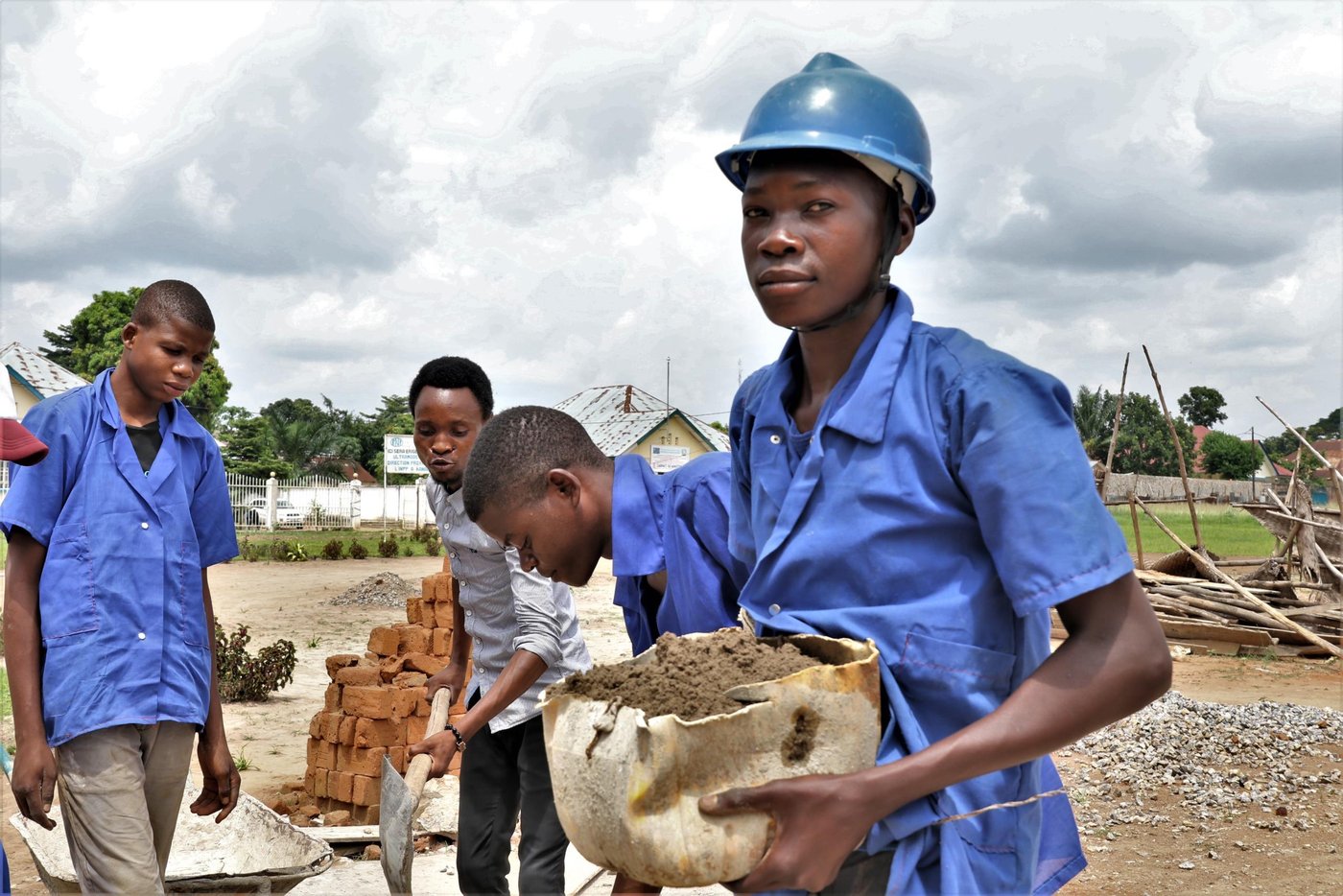
# 10: Children and young people are particularly affected
As the pandemic causes schools to close, children and young people are hit particularly hard. Kankonde, 18, dreams of becoming a bricklayer. He attends NRC’s vocational school in Kananga, Democratic Republic of Congo. The fear of the spread of infection has led to the school being closed, and Kankonde and the other 200 students risk having to put their education on hold.
For displaced children, school is a place that provides protection, a place where they can process trauma and experience a touch of normality. Their homelife is often characterised by stress, close living quarters and parents who lack the ability to meet children’s needs.
School also helps to prevent child labour and the recruitment of children by various armed groups.


